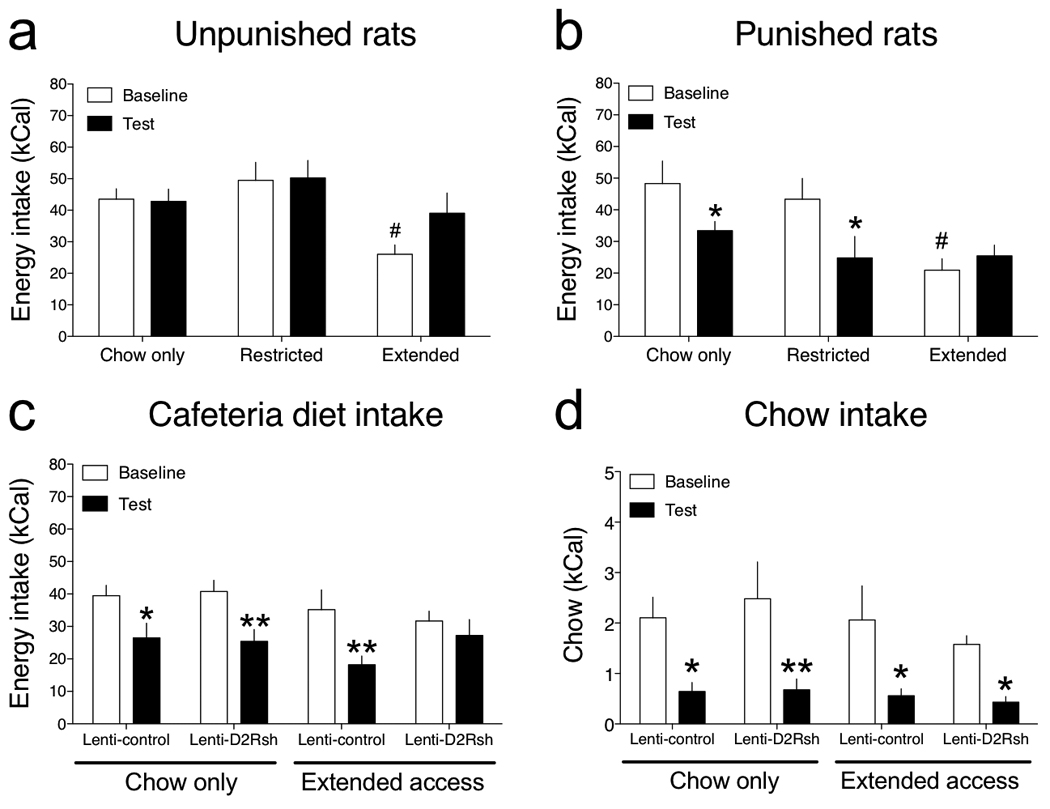Figure 7. Compulsive-like responding for palatable food.

(a) Mean (± SEM) palatable diet consumption (kCal; ± SEM) in unpunished rats during the 30 min baseline sessions and on the test day when rats were exposed to a neutral conditioned stimulus that was not previously paired with noxious foot shock (Access: F2,20 = 5.2, P < 0.05; #P < 0.05 compared with chow-only rats). (b) Mean (± SEM) palatable diet consumption (kCal; ± SEM) in punished rats during the 30 min baseline sessions and on the test day when rats were exposed to a conditioned stimulus that was previously paired with noxious foot shock (Access: F2,21 = 3.9, P < 0.05; Cue: F1,21 = 8.6, P < 0.01; Access × Cue interaction: F2,21 = 4.7, P < 0.05; *P < 0.05 compared with intake during the baseline session, #P < 0.05 compared with chow-only rats). (c) Mean (± SEM) palatable diet consumption during the 30 min baseline sessions and on the test day in Lenti-Control and Lenti-D2Rsh rats that previously had chow-only or extended access to a cafeteria diet (Cue: F1,26 = 29.7, P < 0.0001; *P < 0.05, **P < 0.01 compared with intake during the baseline sessions, post-hoc test). (d) Mean (± SEM) chow consumption during the 30 min baseline sessions and on the test day in Lenti-Control and Lenti-D2Rsh rats that previously had chow-only or extended access to a cafeteria diet (Cue: F1,26 = 44.9, P < 0.0001; *P < 0.05, **P < 0.01 compared with intake during the baseline sessions, post-hoc test).
